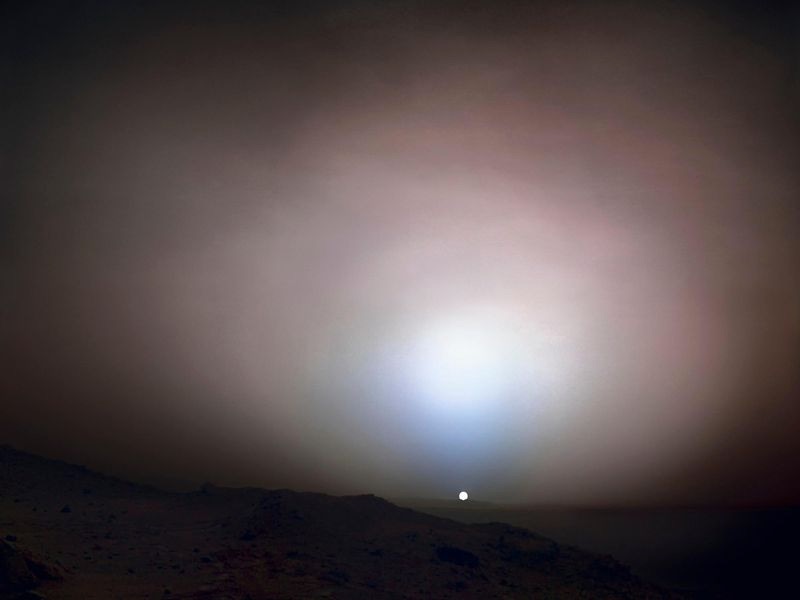Sidhartha,
And then, by chance, the mirage of the inner sun is just about the same size as The Sun of the solar system? How is that?
What Olaf Jansen saw was a tiny sun on the horizon, copper colored, and a bit squished by refraction.
And then we still have to account for the fact that the Martian North Pole does not accumulate ice year after year, and that whatever ice buildup that does accumulate melts away during the summer. This doesn't even happen in Antarctica, and the Earth is twice as close to The Sun as Mars.
The Arctic ice levels have to be discounted because it is a matter of an ice flow from somewhere else, Antactica being on firm ground as is the Martian North Pole. We cannot measure constant buildup in the Arctic.
So the questtion becomes, how does the ice melt at the Martian North Pole if it receives so little sunlight compared to Antarctica, where there has been a net-gain buildup?
A very logical answer is that Mars receives sunlight from two suns. One sun only leaves an impossibility on the table.
So the second sun should not be a mirage.
Cheers!


